Envelope Printing: Your Complete Guide to Professional Quality
 Oct 15,2024
Oct 15,2024

 SESE
SESE
Mastering Envelope Printing: Your Complete Guide to Professional Quality
Envelopes are more than just packaging—they serve as your brand’s first impression or add a personal touch to your mail. Custom envelope printing elevates that first interaction, setting the tone for what’s inside. In this guide, we’ll walk you through everything you need to know about mastering envelope printing with professional quality.
1. Why Custom Envelope Printing for Your Brand or Personal Use?
Custom envelope printing offers several benefits, whether you're a business or an individual.
For Businesses: Printed envelopes showcase your brand identity with logos, colors, or taglines, fostering credibility and professionalism. Branded envelopes also increase open rates by enhancing recognition.
For Personal Use: Envelopes printed for weddings, birthdays, or holiday greetings make your correspondence unique and memorable. A thoughtfully designed envelope creates excitement even before the content is revealed.
2. How to Determine Envelope Size for Printing?
Content Size: Ensure the envelope is slightly larger than the item it holds (e.g., letters, cards).
Example: For an A4 paper (210mm x 297mm), use a C4 envelope (229mm x 324mm).
Purpose: Choose based on function (invitation, mailing, etc.).
Invitation cards typically fit A7 or A6 envelopes.
Folded Documents: For folded A4 paper, a DL envelope (110mm x 220mm) is ideal.
Margins & Bleed: Add 3-5mm bleed space if printing edge-to-edge designs.
Custom Sizes: Confirm the printer's capability for non-standard sizes.
Postage Requirements: Verify with postal services to avoid extra fees.
Common Envelope Size Chart for Printing
| Envelope Type | Size (Inches)
|
Fits |
|---|---|---|
|
#9 Envelope |
3.875" x 8.875" | Return envelopes inside #10 |
| #10 Envelope | 4.125" x 9.5" | Tri-fold letter-size paper |
| A6 Envelope | 4.75" x 6.5" | 4" x 6" invitations |
| A7 Envelope | 5.25" x 7.25" | 5" x 7" cards |
| 6" x 9" Catalog | 6" x 9" | Booklets, flyers |
| 9" x 12" Catalog | 9" x 12" | Letter-size papers unfolded |
| 10" x 13" Catalog | 10" x 13" | Magazines, thick documents |
3. Envelope Design Tips
Minimalism Works: Keep the design clean with limited text and visuals for a professional look.
Brand Consistency: Use your brand’s colors, fonts, and logo to create cohesive messaging.
Readable Fonts: Ensure fonts for the recipient’s address are clear and legible for mailing.
Use Bleed Space: Add 3-5mm bleed to avoid design elements being cut off during printing.
Highlight Key Info: Place the sender’s address or special messages on the back flap.
Visual Balance: Leave enough white space for postal markings and stamps.
Envelope Color: Light-colored envelopes work best for mailing, but dark ones stand out with metallic or white ink.
Coatings & Embellishments: Consider foil, embossing, or spot UV for high-end designs.
Custom Shapes: Unique envelope shapes grab attention but check postal requirements.
Window Options: Use transparent windows to reveal content like recipient names or key visuals.
4. Selecting the Right Paper for Your Envelope Printing
Art Paper:
Smooth, glossy or matte finish.
Ideal for high-quality, vibrant designs or promotional mailers.
Works well with full-color printing.
Black Card Paper:
Thick, elegant, and bold.
Perfect for luxury invitations, especially with metallic or white ink.
Best suited for high-contrast designs.
Kraft Paper:
Natural, eco-friendly, and rustic look.
Great for organic brands, minimalistic designs, or earthy tones.
Provides a warm, handcrafted feel.
Offset Paper:
Uncoated, smooth texture.
Best for standard office use or high-volume mailings.
Allows for easy writing and stamping.
Textured Paper:
Tactile surface with patterns or grains.
Ideal for formal invitations, luxury brands, and high-end products.
Adds a unique, premium touch to your envelope.
Gold/Silver Card Paper:
Metallic sheen with a luxurious finish.
Great for special occasions, holiday greetings, or VIP events.
Reflects light and attention.
Choose paper based on your design, occasion, and brand image. For eco-conscious projects, Kraft is ideal, while art or metallic papers are perfect for eye-catching, high-quality envelopes.
5. Applying Finishes On Your Customized Envelope
|
|
|
|
|
Foil Stamping |
Embossing |
Debossing |
Spot UV Coating |
Finishes can enhance the look and feel of your envelopes. Some popular options include:
Foil Stamping: Add metallic elements to elevate elegance.
Embossing/Debossing: Create a textured logo or monogram.
Spot UV Coating: Highlight specific design areas with a glossy finish.
Soft-Touch Lamination: Adds a velvety feel to luxury envelopes.
6. Popular Envelope Accessories Options
Plum Blossom Seal/Chapter
Traditional wax-style seal with a floral motif.
Adds an elegant, vintage feel for invitations or formal letters.
Sticker
Used to seal envelopes with decorative flair.
Available in custom designs, including brand logos or seasonal motifs.
Thank You Card
A small card expressing gratitude, often included with business packages or gifts.
Complements invitations or product mailings.
Letter Paper
Coordinated stationery for personal or business correspondence.
Ensures a cohesive look with matching envelopes.
Postcard
Compact, often printed with scenic or promotional designs.
Perfect for announcements, event promotions, or holiday greetings.
Invitation
Essential for weddings, parties, or formal events.
Typically paired with envelopes featuring embellishments like liners or wax seals.
Flyer/Brochure/Booklet/Catalog
Used for marketing or informational purposes.
Enclosed within larger envelopes for direct mail campaigns.
7. Envelope Closures Styles
Choosing the right closure ensures both security and aesthetic appeal. Here are some common styles:
Peel-and-Seal: Convenient self-adhesive closure, ideal for business mailings.
Gummed Flaps: Requires moisture to seal and is commonly used for bulk mail.
String and Button Closure: Adds charm to vintage or handcrafted invitations.
Magnetic Closures: Often used for luxury or gift card envelopes.
8. Envelope Printing: Digital vs Offset Printing
Digital Printing: |
Offset Printing: |
|---|---|
Best for small runs (under 500 units) |
Ideal for large print volumes (500+) |
Faster turnaround time |
Higher print quality and color consistency |
Suitable for personalized or variable data printing |
More cost-effective for bulk orders |





 Home
Home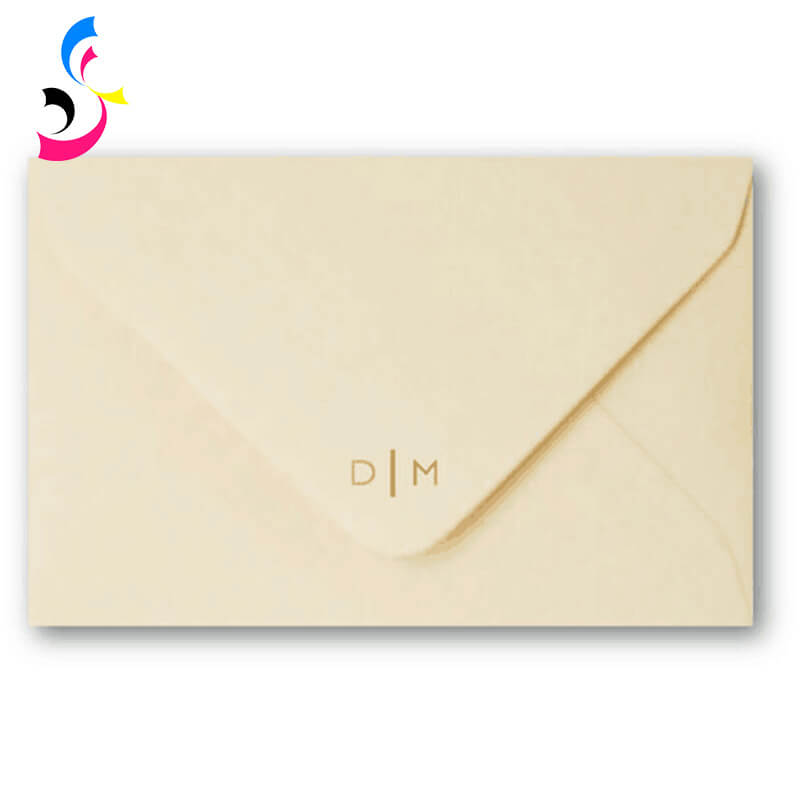
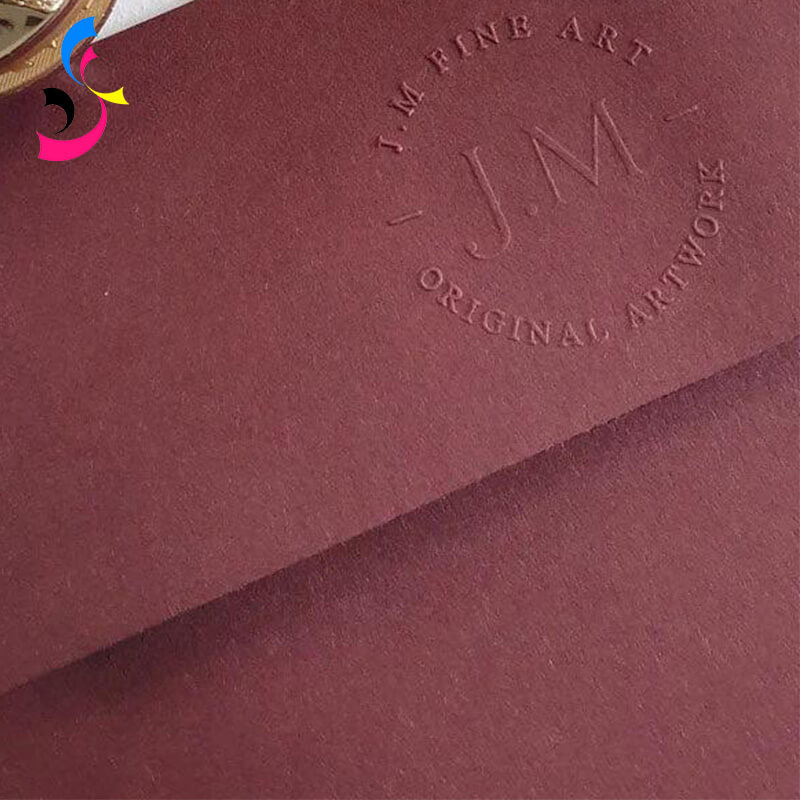
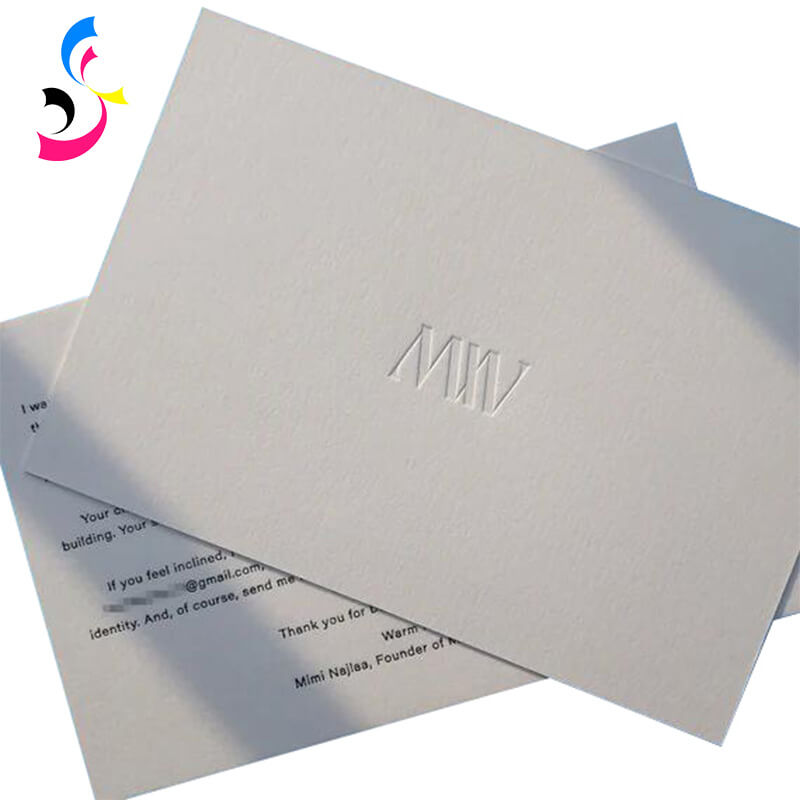
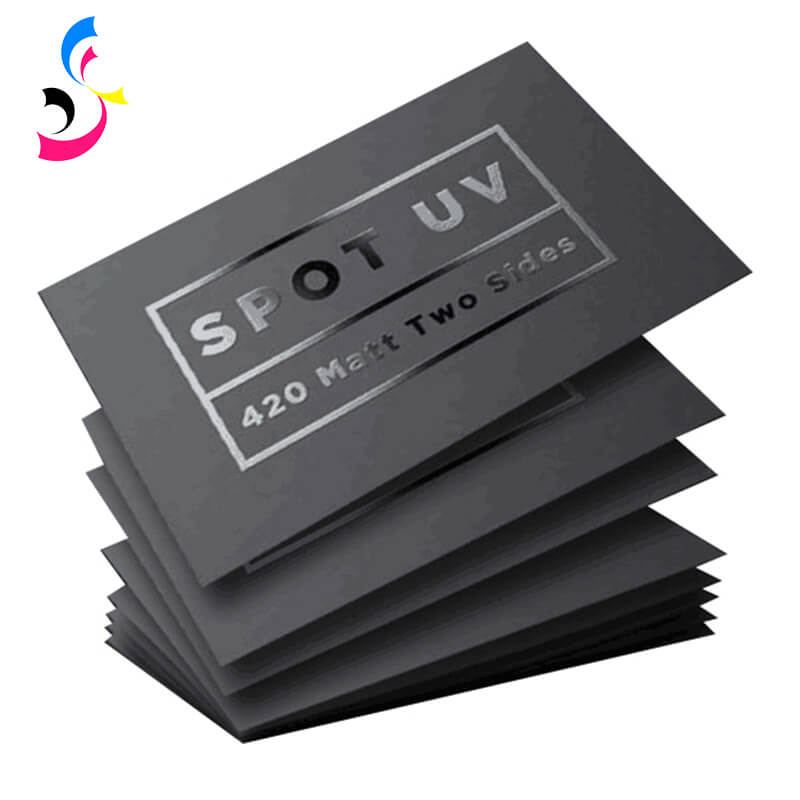
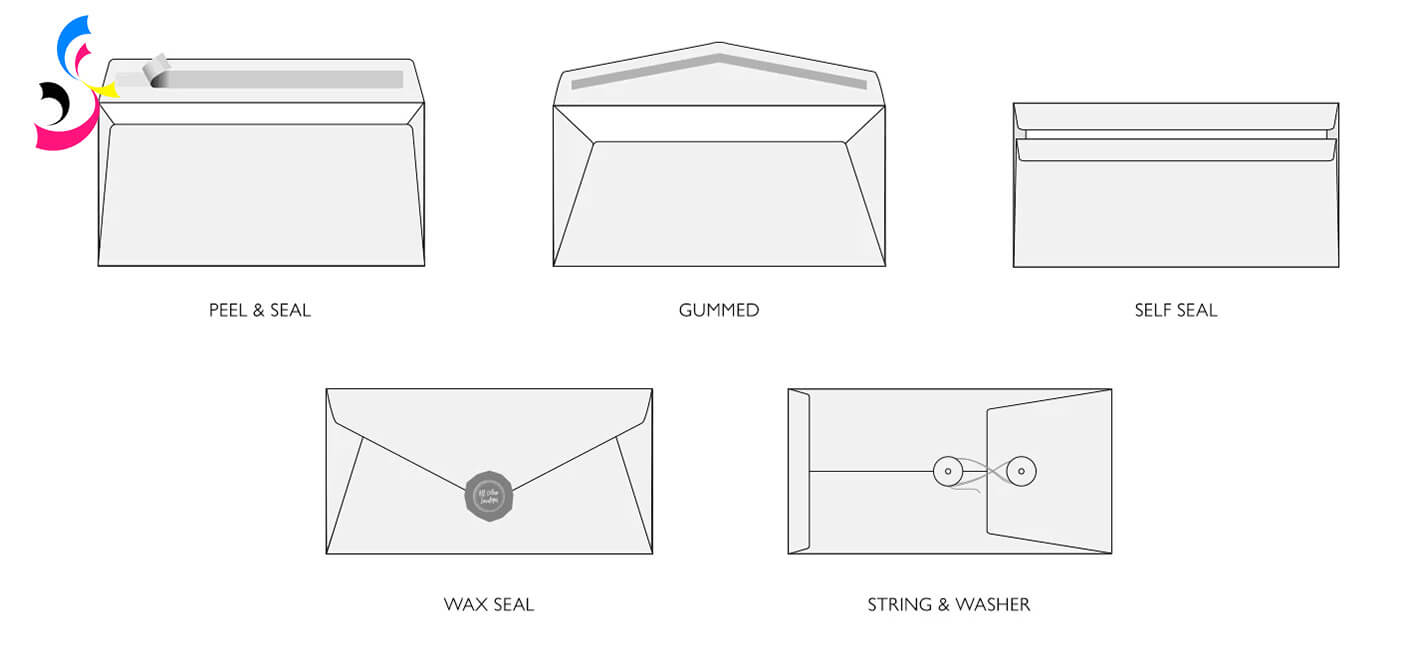
 How to Custom Sticker Book Printing?
How to Custom Sticker Book Printing?  You May Also Like
You May Also Like
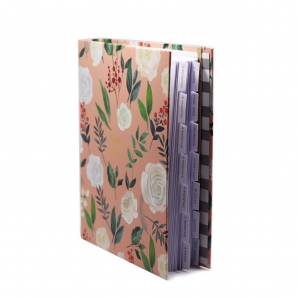

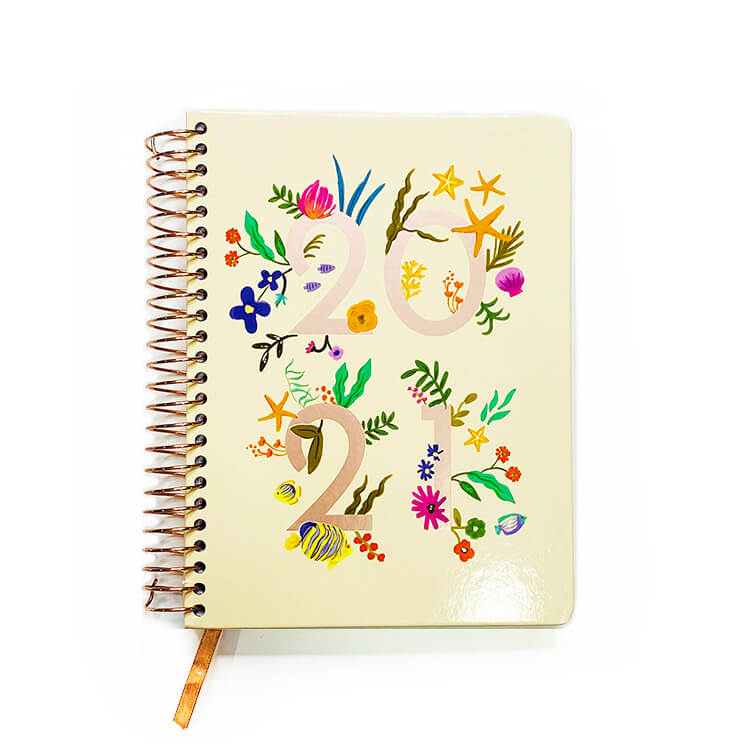

 Tel
Tel
 Email
Email
 Address
Address







